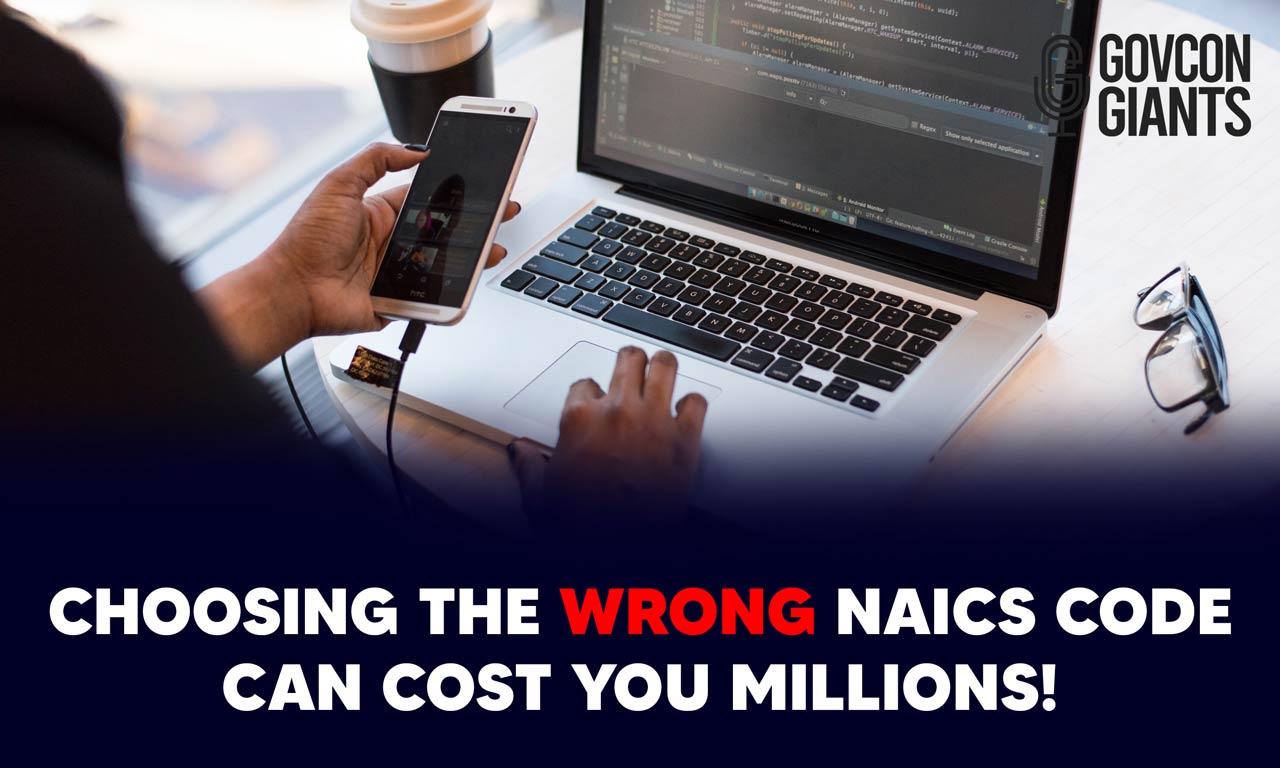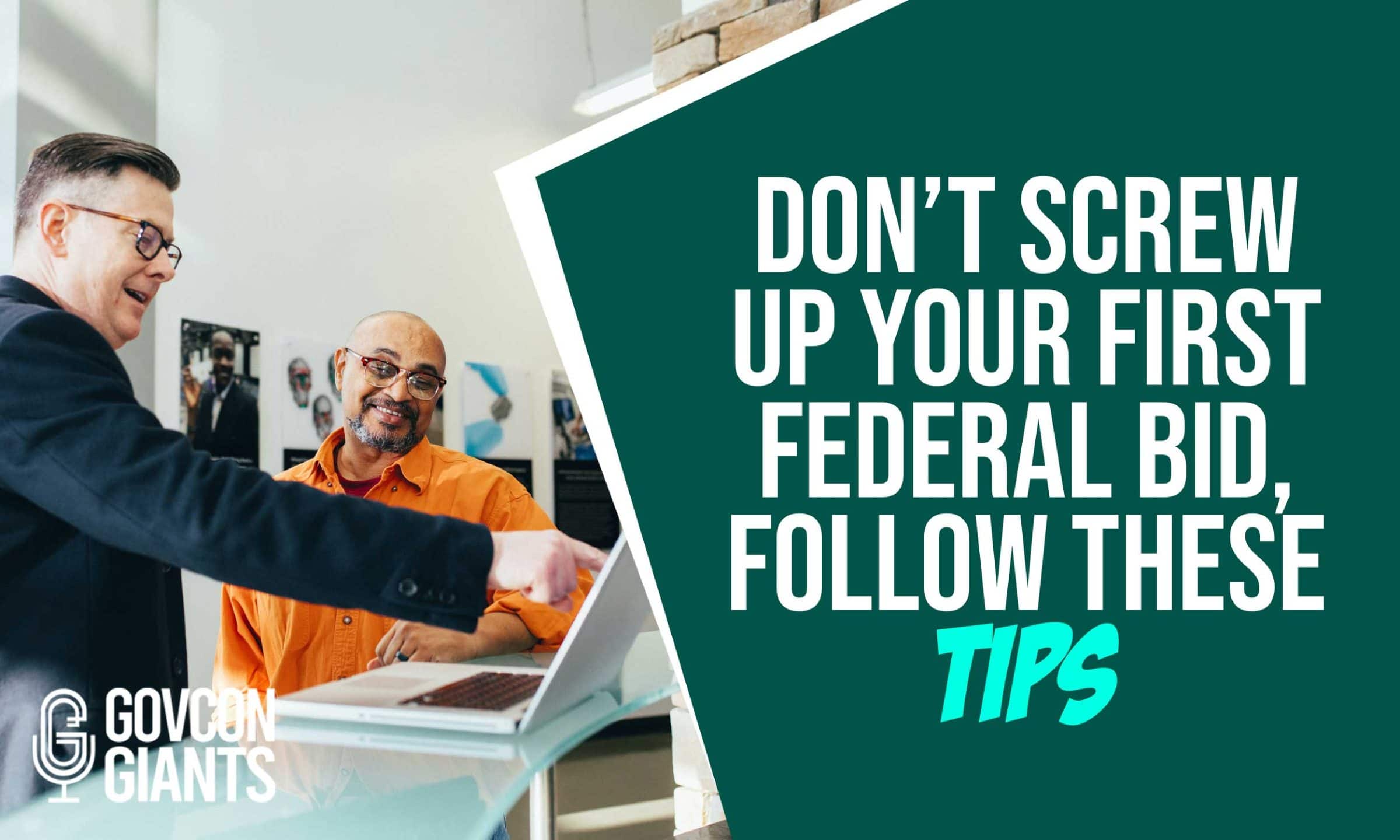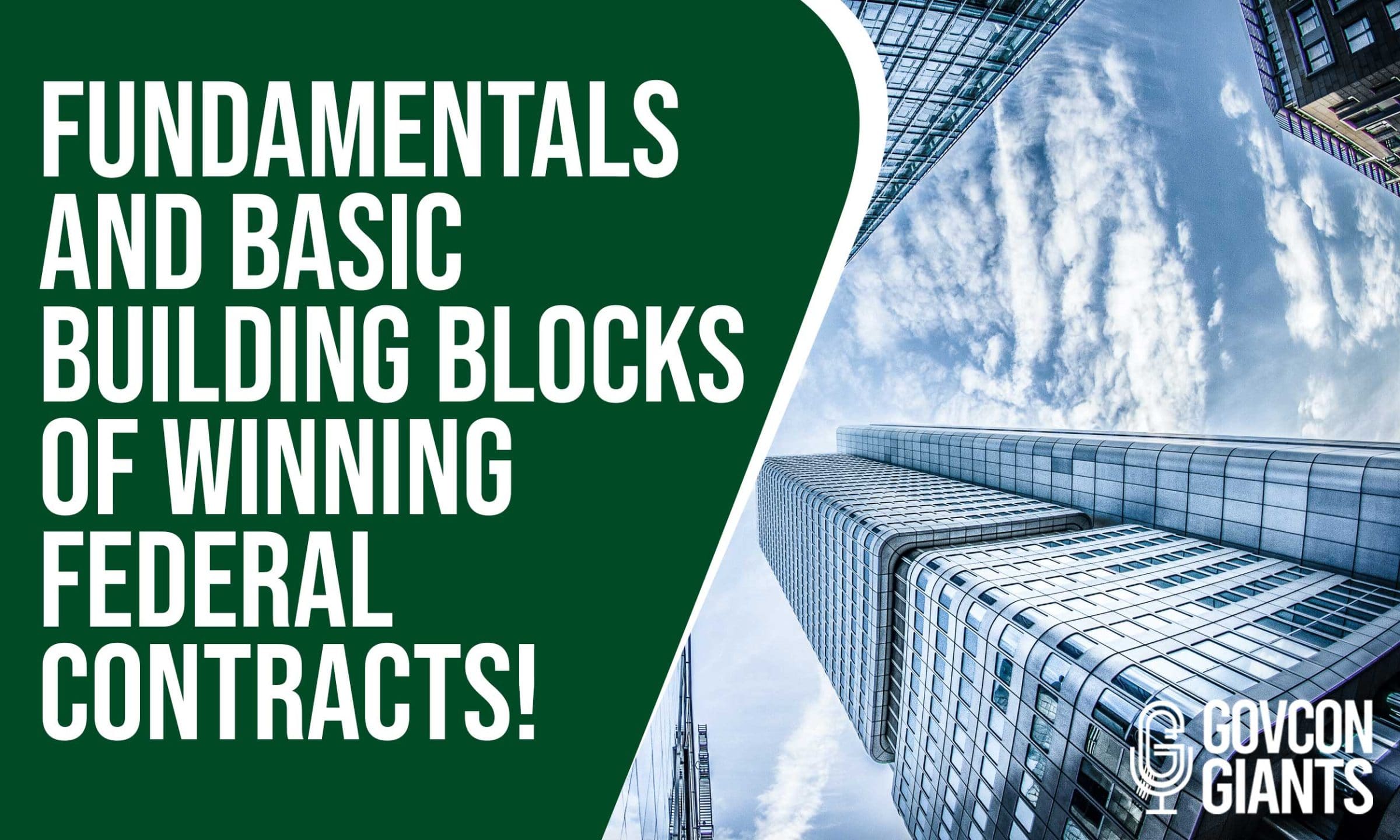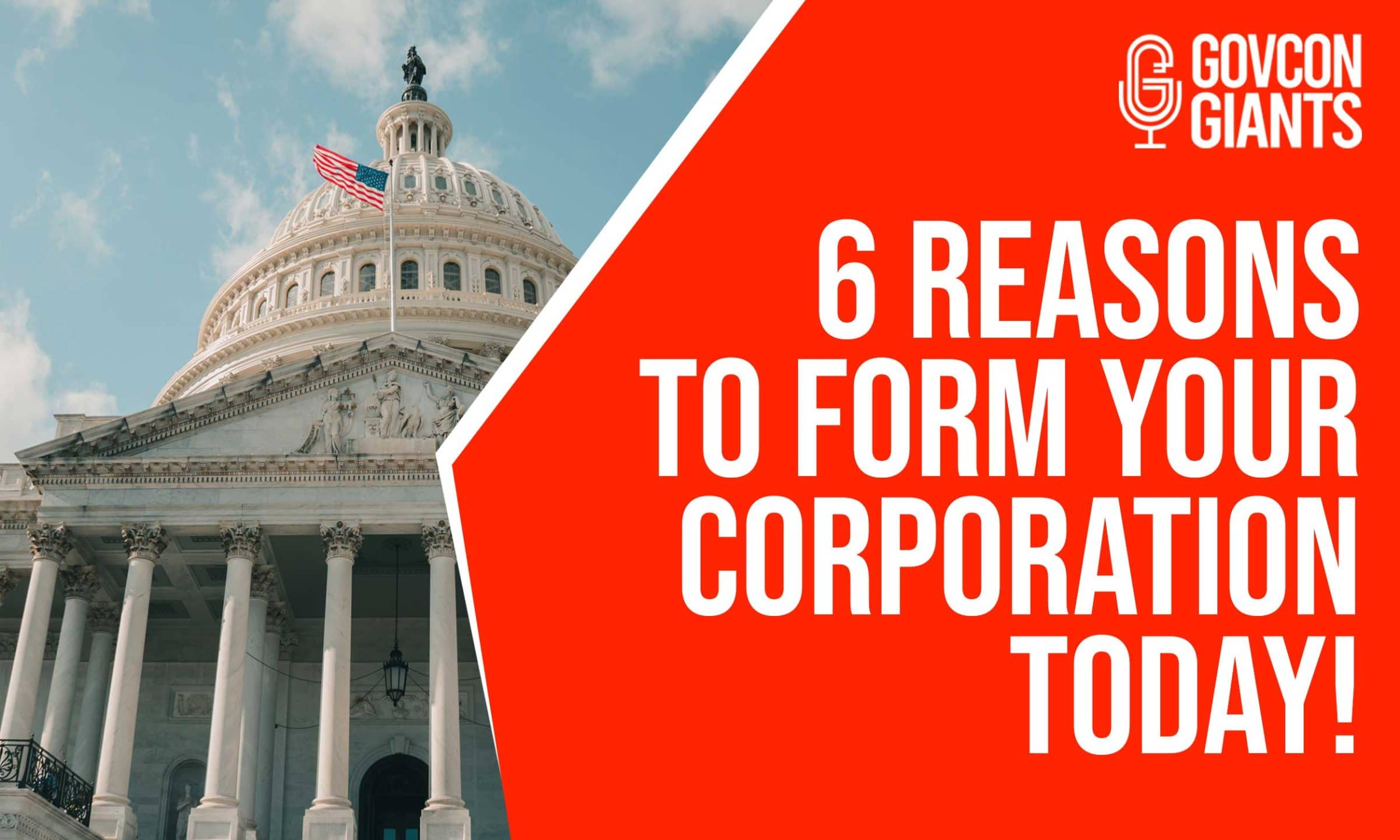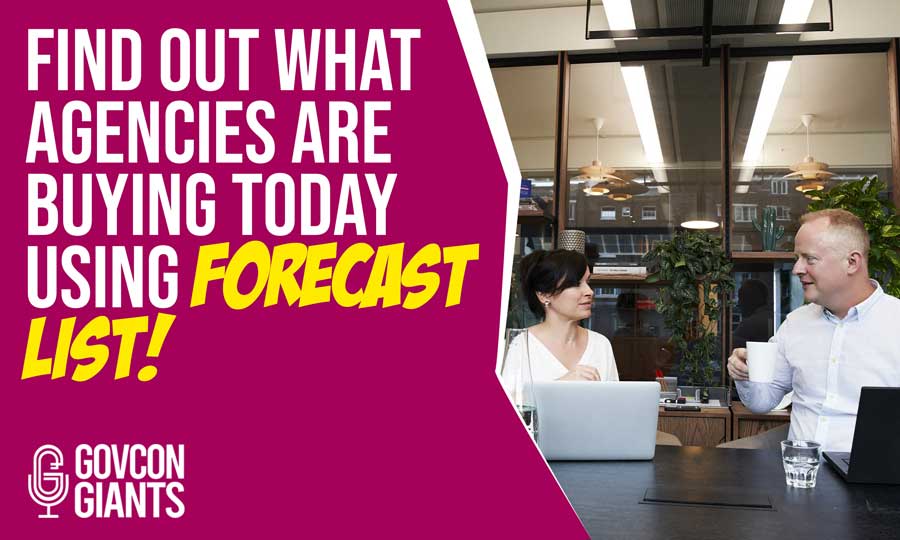This is the time to take action and stop asking different questions about federal contracting. Use these 5 step formulas for your overnight success!
CREATE AN ORGANIZATION
This seems very basic but you have no idea how many people want to win federal contracts, yet they don’t even have an organization or haven’t even formed an LLC.
If you haven’t created your organization, go ahead and do that first before you start pursuing contracts. With this, form an LLC because it’s easy to manage, cheap to open, and you can restructure it any time.
It may seem mundane but you better do that first because we’ve had a scenario where people actually won a contract, but because they didn’t have a corporation (they only wrote it under the name of a corporation that wasn’t even incorporated), the government could not award them the contract.
RECRUIT THE BEST PEOPLE
If you are building an all-star team for a video game, would you add the best basketball players or choose the ones that are not even that great?
Of course, you would choose the best people. And that is the same thing with building a team for a contract opportunity. You make sure that you find the best people and the best companies to partner with and not just hire someone because you are related to them in some way.
Where to get people?
You can get the best people through industry trade shows, conferences, and networking events.
Every single industry, no matter what product that they sell, has a conference where you will find all of the CEOs, the executives, and the corporate people in any respective industry.
However, you should make sure that you are talking to these people during these events and not just taking advantage of the free stuff there. Go to their table, sit down with them, and talk to them.
“I went through the book and I got the pictures and I was able to establish an actual, a real rapport with those persons where they were able to give me their contact information later for questions because I wasn’t part of the massive crowd or audience trying to get their autograph or shake their hands after they were presented with an award. I got to them beforehand.”
What do you offer them?
You should present them an opportunity, may it be a contract, an increased revenue, a new marketing opportunity, and the ability to expand and grow their brand among others.
There are a lot of things you can offer. Just make sure to present these to them while talking to them on these events or afterward because that’s how you get their attention.
What are the benefits of hiring large companies?
1. They have money.
If you’re working with a large organization, they have cash and lines of credit at their disposal and they’re more willing to let go of these money in exchange for an opportunity because they understand that nothing comes for free.
However, if you work with your friend’s company who doesn’t have any money or any resources, they can say that they are certified, but besides that, they can’t really offer you anything else.
2. They have resources.
It’s instrumental that you have resources when you start targeting set-aside projects because you’re gonna have to put together technical proposals and a lot of times you’re gonna need someone to put these together and review them over a short turnaround window.
3. They have history and past performance.
It makes it easier for you to talk to contracting officers and small business specialists when you have a huge company to back you up because in that way, you tend to speak confidently knowing that you have the team and the resources that they need.
For instance, imagine working with a small company that doesn’t have resources and because of that, you overlook a million dollar mistake. That’s going to be a huge problem.
However, if you’re working with a huge firm, they surely have people to foresee that problem or the cash to pay for that.
4. They are progressive thinking
Large companies understand the federal arena and they may already have people who have already investigated the market and understands the power of federal contracts. So, you don’t have to actually even sell them on that.
The only thing that you’ve got to do is convince them that you’re the right person to work with in obtaining some of these contracts.
5. Have the ability to branch out.
The last advantage of working with large companies is that they have the ability to branch out and work in multiple states.
TAKE ADVANTAGE OF THE BIGGEST GOVERNMENT LOOPHOLE
The All Small Mentor Protégé Program is brand new and once people understand the power of this program, in a very short period of time, they’re gonna close this as well because this is the same program that was modeled after the 8(a) program.
It’s the same program that highlights that if you’re a certified small business, then you can partner with a large company to pursue a specific opportunity. The catch is you should partner with them as a joint venture and then they agree to become your mentor.
Then, that large firm now takes on your small business size; so if that company does $50 million a year and you do $50,000 a year, that company now qualifies as a small business and you guys can bid on these huge projects together.
So, while this program is still open, take advantage of this now!
START PURSUING IDIQ OPPORTUNITIES
IDIQ stands for Indefinite Delivery, Indefinite Quantity contracts which are opportunities that are multiple year contracts, so the contracts usually range from zero to five years and these have a dollar threshold that goes from zero to a hundred million dollars.
So, how this works is if you get to the five years, whatever money you spent, that’s where it stops. Also, if you get to the hundred million threshold in three years, then that’s where it cuts off.
What are the benefits of IDIQ opportunities?
1. These are similar to a blanket purchase order.
A blanket purchase order is essentially when the government lumps together a whole bunch of projects that they want to get accomplished.
For instance, one of the company’s I consulted with was on a million dollar IDIQ and in that IDIQ, they need to pre-qualify in order to participate.
The good thing is these companies don’t need to bid on each contract or job because they are essentially prequalified in that IDIQ’s hundreds of jobs.
2. There are a limited number of participants in the pool.
An IDIQ doesn’t have hundreds of people in it. To give an example, SATOC and MATOC just have less than 10 companies in it, maybe even two companies competing for millions of dollars.
3. Once the pool is closed, it is closed.
Even if you’re a qualified company to be part of the pool of companies in an IDIQ, once you are late to prequalify yourself, you’ll never get in.
That’s the benefit with these IDIQs because once it’s closed, it’s closed and they don’t add more people just because they are qualified, so you’ll be able to take advantage of its benefits until the time period closes.
4. No company can do all the projects simultaneously.
Don’t think that you won’t have an opportunity in the federal marketplace. Consider that the federal government is spending millions of dollars a day.
The best thing that you should do is work with the best company that you can find because you’re likely to be as good or better than the competition. The only difference is that they don’t know that these opportunities exist or how to pursue them and that is where your value comes in.
RINSE AND REPEAT
Once you win an award, the chances of winning becomes astronomically easier because the entities recognize you.
However, instead of just bidding for projects after projects, why not consider a multiple year award contract that consists of hundreds of contracts with that information?
Consider that the documentation and paperwork is just the same whether it’s a small contract or a huge one, but what matters most is how people will look at you and your company.
Again, the contracting officers are risk-averse, but if you show that you’ve qualified for an IDIQ, then that legitimizes your business and who you are.
“It’s another sales tool in your arsenal or marketing strategy that you can use and leverage when you’re going out and you’re talking to people on that.”
RESOURCES
Now, you already have the 5 step formulas for your overnight success, so stop asking questions and start taking actions!
Remember, if you plant a seed and you give it proper care, then it will grow into a plant and someday a tree. That’s the same way in this marketplace. You will just be closer to winning, once you do the legwork.
With this in mind, if you want to learn more about the tips and tricks in winning government contracts, then join us here at GovCon Giants.
Just visit our website and other social media platforms or check the new GovCon Edu where you learn everything about government contracting!
You can also check these resources below to learn more about the topic above:
5 Step Formula for Overnight Success – Govcon Training Day 4
https://youtu.be/lMMWh5dSbgU
https://govcongiants1.wpengine.com/wp-content/uploads/2018/11/5-Step-Formula-for-Overnight-Success-Govcon-Training-Day-4-.pdf

